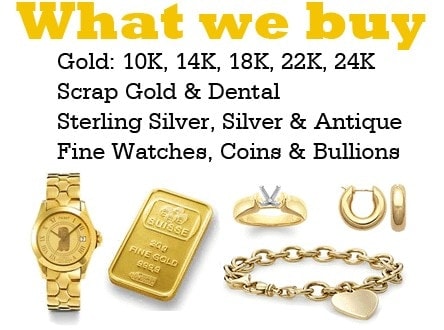Revealing the Path of Precious Metals from Raw Material Extraction to Trade Distribution
Wiki Article
Au has been a highly sought-after resource for numerous of years, cherished not only for its beauty but also for its practicality in various fields. The course of gold begins with mineral recovery, a process that involves excavation. Miners hunt for gold veins in the earth, which can be found in different manifestations such as nuggets or grains mixed with other minerals. There are several methods of mining, including placer mining and hard rock mining. Placer mining involves locating gold in alluvial deposits, while hard rock mining requires digging deep into the ground to remove gold-bearing rocks. Both methods can be labor-intensive and require careful preparation to be successful.
Once the mineral is mined from the ground, it must be handled to separate the gold from other elements. This operation usually starts with crushing the ore into small pieces, making it easier to handle. After pulverizing, the ore is subjected with chemicals to extract the gold. One common process is using cyanide, which reacts with gold and allows it to be separated from other minerals. This step is essential because it enhances the refinement of the gold and conditions it for further processing. The remaining residues are discarded as tailings, which must be controlled properly to avoid environmental harm.
After the gold is extracted from the ore, it goes through treatment to achieve a higher level of refinement. This step often involves melting the gold at intense temperatures to remove impurities. Various procedures can be used for refining, including electrolysis and cupellation refining. Electrolysis uses electric charge to separate click this over here now impurities from high-purity gold, while cupellation involves exposing gold in a special furnace that absorbs unwanted substances. The final product is typically nearly pure gold, ready for use in jewelry, electronics, and other uses.

Once refined, gold is fabricated into ingots or currency before being supplied to exchanges around the world. Gold bars are commonly used by financial institutions as a form of store of value or reserve asset. Rounds are often manufactured for collectors or general exchange, depending on their design and scarcity. Supply chains include bulk sellers and vendors who sell gold products to end users. The cost of gold fluctuates based on consumer demand and supply conditions, affecting how it sell unwanted jewelry pieces is sold and traded worldwide.
The entire lifecycle of gold from ore extraction to commercial supply highlights the challenge of this precious metal's production cycle. Each step requires attention to detail and expertise to ensure that the final commodity meets specifications and satisfies client demands. Recognizing this process not only sheds light on how high-value commodities are procured but also draws attention to the importance of ethical mining that defend both populations and the biosphere. As global gold demand continues around the planet, acknowledging this sequence ensures that we recognize its value beyond mere aesthetics, recognizing its place in our market and culture.